The development of topological photonics and topological polaritonics has provided new ideas for the robust manipulation of optical information, greatly promoting the advancement of new optical devices such as topological waveguides, resonators, and lasers. However, traditional methods for regulating topological phases often rely on changing the lattice structure or material properties, which are not only complex to operate but also limit the flexibility of dynamic regulation.
A recent theoretical study [Phys. Rev. Lett. 123, 217401 (2019)] proposed a novel regulatory approach: tuning topological phases of polaritons by controlling light-matter interactions—specifically, altering the electromagnetic environment around the crystal—without changing the lattice itself. This new mechanism opens up a new direction for topological photonics research. However, to date, this new physical mechanism has not been experimentally verified.
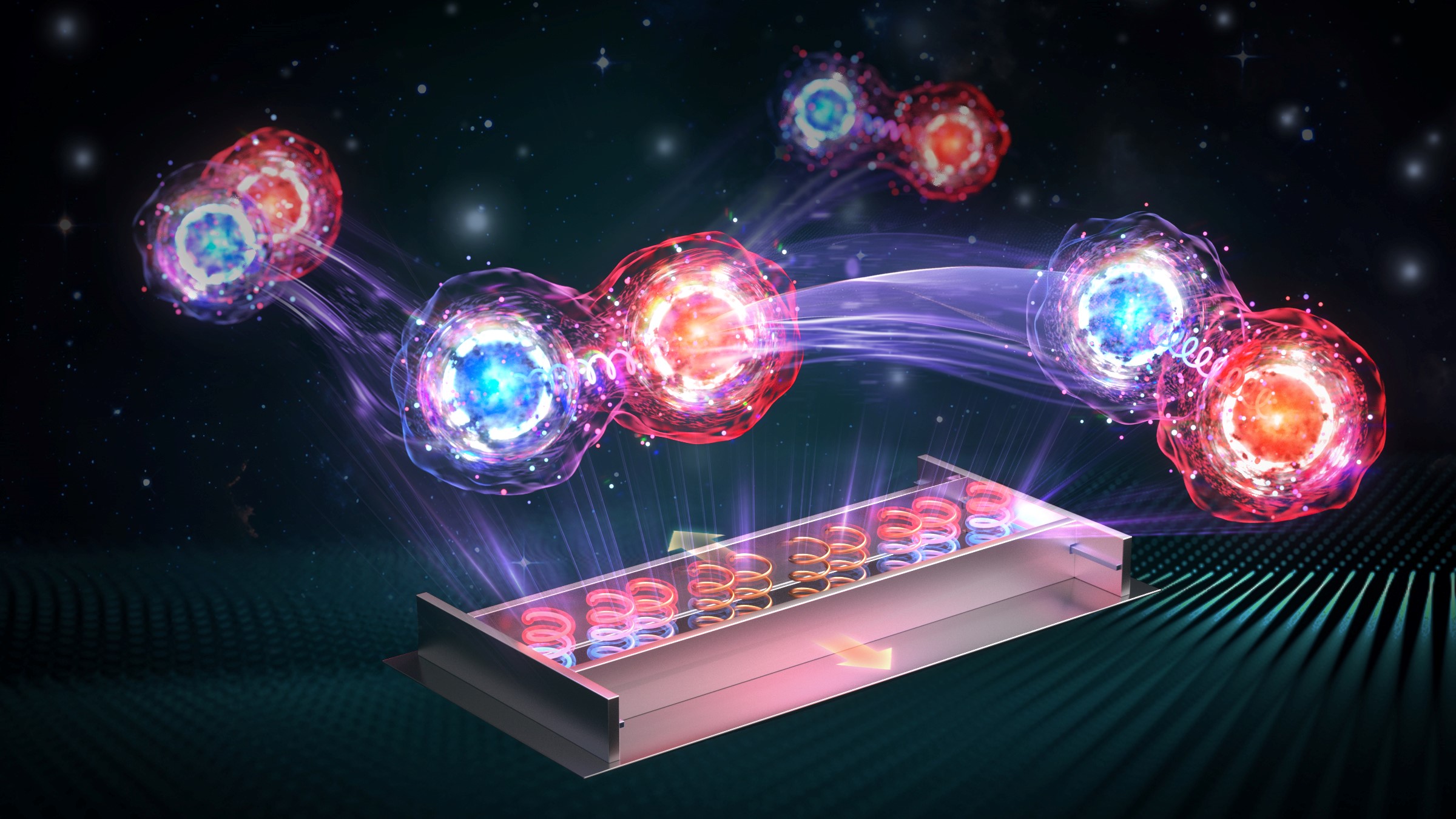
Against this backdrop, Associate Professor Zhen Gao’s research group from the Department of Electronic and Electrical Engineering at the Southern University of Science and Technology (SUSTech), in collaboration with partners, has now experimentally realized this new regulatory mechanism. Their work explores the underlying laws of topological phase transitions, aiming to pave the way for the design of dynamically tunable topological optical devices.
They have achieved the first experimental realization of cavity-tunable topological polariton phases without altering the lattice structure by adjusting the width of a metal cavity to control the light-matter interaction strength. They also experimentally observed a new type of topological phase transition involving three non-coinciding phase transition points.
Their study has been published in the internationally renowned journal Nature Communications under the title “Observation of cavity-tunable topological phases of polaritons.”
To achieve cavity-tunable topological polaritons, the research team designed an ingenious experimental system by placing a dimerized microwave helical resonator (MHR) chain into a rectangular metal cavity. This configuration extends the one-dimensional SSH model (SU(2)) into a three-level system (SU(3)) that incorporates light-matter interactions. In this work, the height of the metal cavity is fixed, while the strength of light-matter interactions is adjusted by changing the cavity width. This approach realizes tunable topological polariton phases without altering the lattice structure.
The Coulomb interaction (with strength Ω) between two dipole modes leads to frequency splitting into symmetric and antisymmetric modes (Figure 1a). A standalone metal cavity supports only one cavity mode (Figure 1b). When coupled, the microwave helical resonators and metal cavity generate three polariton modes (Figure 1c). The hybridization process of these modes can be characterized by the proportion of red (dipole-mode-dominated) and blue (cavity-mode-dominated) colors (Figure 1d).
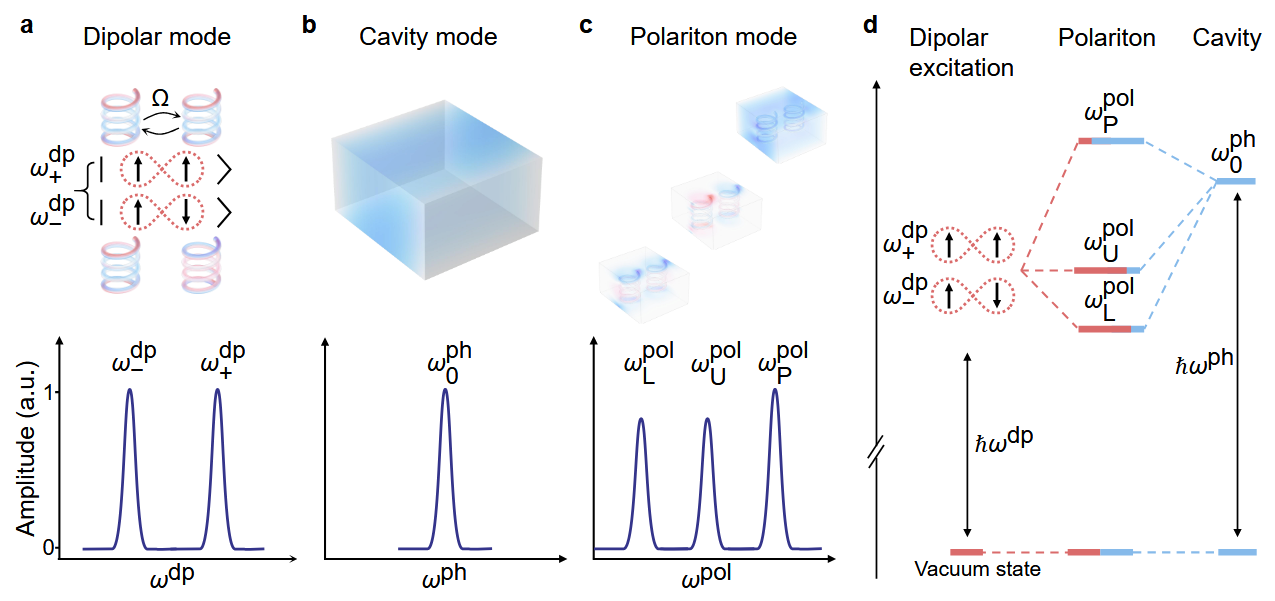
Figure 1. Schematic illustration of light-matter interactions in a three-level system
To further explore cavity-induced topological phase transitions, the researchers verified the regulation of cavity width (Ly) on polariton energy bands, topological phases, and boundary states through numerical simulations (Figure 2) and experimental measurements (Figures 3 and 4).
As Ly increases from 1.1d to 3.0d, the energy bands evolve from the symmetric structure of the standard SSH model under weak coupling to an anti-crossing structure under strong coupling, with clear processes of band gap closing and reopening. A key indicator of topological properties in one-dimensional systems—the Zak phase—was also experimentally measured and shown to transition from a non-trivial phase (π) to a trivial phase (0) with increasing Ly, with the phase transition point around Ly = 2.6d, which is highly consistent with simulation results. This indicates that the energy bands and topological properties of the system can be modified solely by regulating the cavity environment.
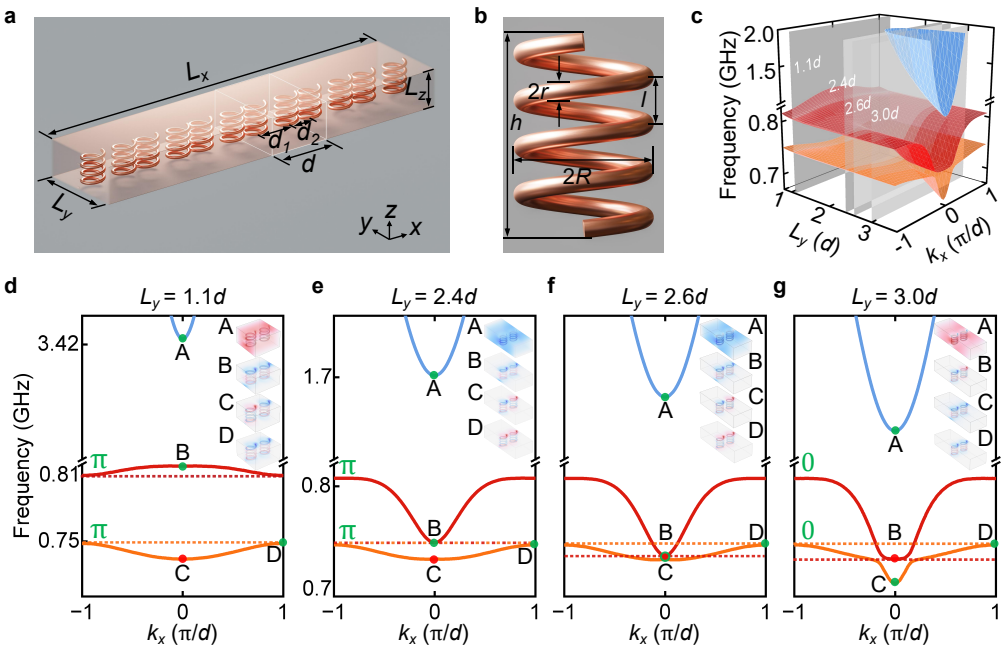
Figure 2. Cavity-tunable topological phases of polaritons
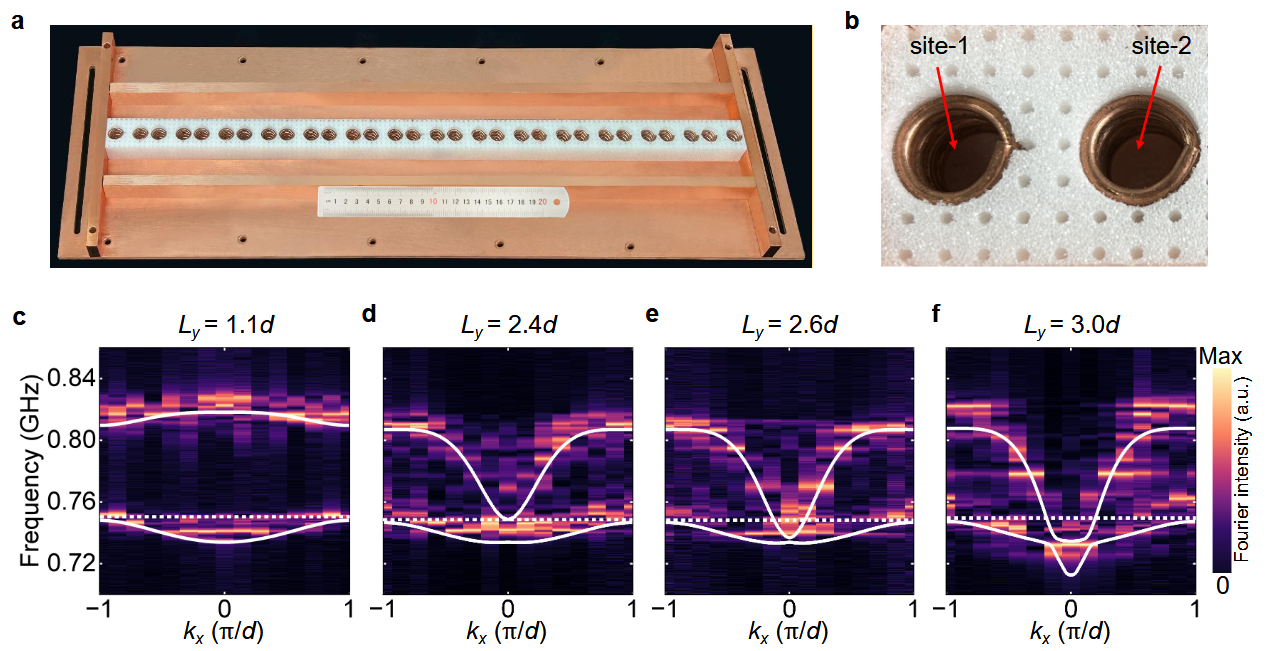
Figure 3. Experimental observation of tunable polaritonic band structures by varying the cavity width Ly
To further investigate cavity-tuned polariton topological phase transitions, they simulated and measured the topological invariants of this one-dimensional SU(3) system (Figure 4a) and the evolution of bulk and boundary states with cavity width (Figures 4b-f). Experimental results revealed a topological phase transition pattern never before experimentally verified. Three distinct non-coinciding critical points exist in the parameter space: a band gap closing point at Ly = 2.4d, where the polariton band gap vanishes; a Zak phase transition point at Ly = 2.6d, where the topological invariant evolves from π to 0; and a merging point of boundary states and bulk states at Ly = 2.0d, where topological edge states begin to hybridize with bulk states, gradually losing their localization and transitioning from “boundary-localized” to “bulk-diffused.”
This discovery breaks the traditional understanding that the topological phase transition point, band gap closing point, and topological boundary state vanishing point coincide, revealing new laws of topological phase transitions under strong light-matter coupling.
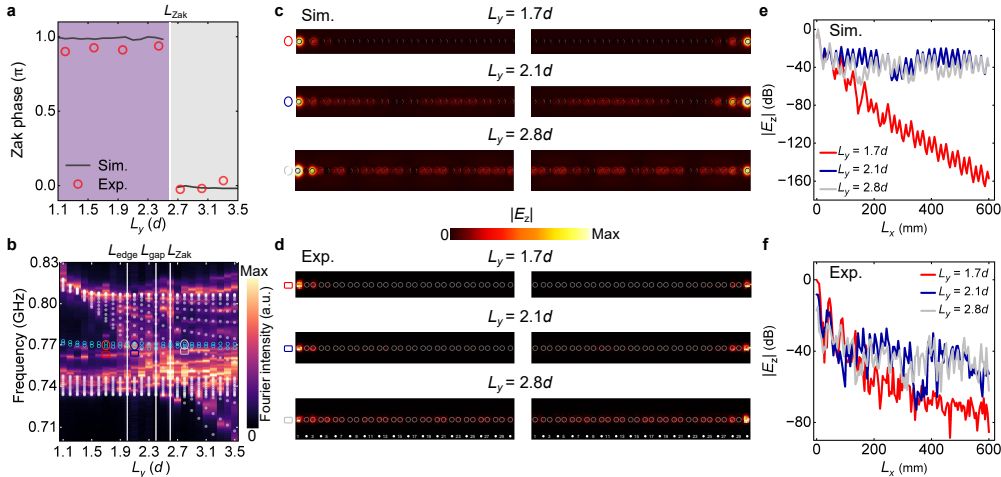
Figure 4. Experimental observation of tunable topological phases of polaritons by changing the cavity width Ly
This study is the first to experimentally verify cavity-tunable topological polariton phases, that is, topological polariton phases can be regulated solely by adjusting the metal cavity (the strength of light-matter interaction) without changing the lattice structure, providing a new regulatory degree of freedom for topological photonics. This achievement not only deepens the understanding of topological physical phenomena under light-matter interactions, but also offers a new idea for designing tunable topological photonic devices, such as tunable topological lasers, waveguides, and resonators.
Doctoral student Dong Zhao and master’s student Ziyao Wang from SUSTech are the co-first authors of the paper. Associate Professor Zhen Gao, Associate Researcher Yan Meng from Dongguan University of Technology, Lecturer Bei Yan from Wuhan University of Science and Technology, and Researcher Ce Shang from the Institute of Aerospace Information Innovation, Chinese Academy of Sciences, are the co-corresponding authors.
Other contributors to this work include Associate Professor Linyun Yang from Chongqing University, Associate Professor Xiang Xi from Dongguan University of Technology, Senior Researcher Zhenxiao Zhu from SUSTech, as well as doctoral student Qing-An Tu and master’s students Yuxin Zhong and Xiaoyuan Jiao.
Paper link: https://www.nature.com/articles/s41467-025-61121-5
To read all stories about SUSTech science, subscribe to the monthly SUSTech Newsletter.
Proofread ByAdrian Cremin, Yuwen ZENG
Photo ByDepartment of Electronic and Electrical Engineering